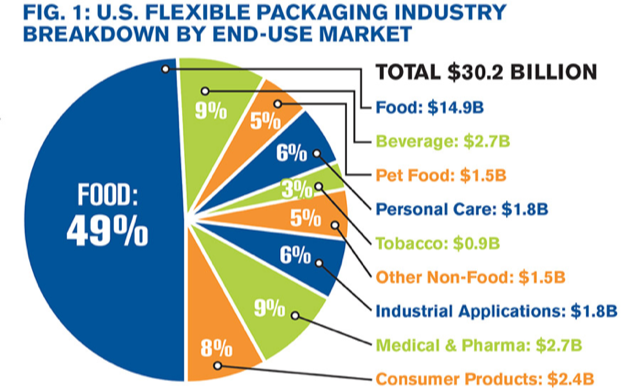
Food Industry in the United States
The average shelf-life of an opened refrigerated product is three to five days. The presence of oxygen within food packaging is very critical as it can lead to oxidative rancidity, mold and growth of microorganisms. United States regulations surrounding food packaging and shelf-life, however, are at the current time relaxed.
At the federal level, there are no uniform shelf-life dating systems other than a “use-by” date for infant formula and some baby foods as mandated by the U.S. Department of Agriculture’s Food Safety & Inspection Service. Additionally, only twenty states require food dating by law.
Some manufacturers voluntarily include arbitrary “use by” dates to: (1) ensure consumption during the point of highest quality; and (2) serve as a warning to consumers in the event that spoilage occurs. In addition to a general lack of uniformity in shelf-life regulation, food waste in the United States totals approximately $161 billion each year.
3BP™ intends to provide the food industry with a more accurate way to determine whether food products are safe to consume, potentially resulting in a decrease of food waste as an ancillary benefit.

Other Markets
Food
United States regulations surrounding food packaging and shelf-life are currently relaxed
Cannabis
United States laws pertaining to cannabis have rapidly changed in the past few years
Pharmaceutical
The U.S. pharmaceutical market together with Canada and Mexico represents the largest continental pharma market worldwide
Condoms
The condom market has growth rates of about 9% annually and is likely to sustain high growth in upcoming years, largely driven by emerging economies of Asia, Middle East, and Africa


